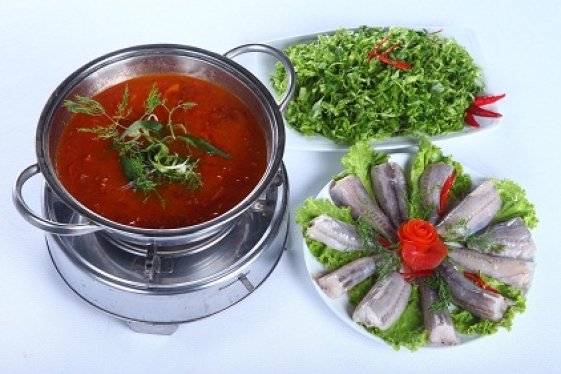Bo bia
Bo bia is one of those street snacks that tends to be overlooked by the average travelling street muncher. Maybe it’s due to its similarity in appearance to goi cuon, the famous Vietnamese fresh spring rolls. However, once you’ve had a few –- and you can have a few at one go – you’ll see why bo bia is a different roll altogether.
.jpg)
Bo bia looks like a mini-version of goi cuon with its distinctive rice paper wrapper, but this is where Vietnam’s influence ends and China take over. Inside, the roll bears a close resemblance to popiah, a Fujian-style fresh spring roll. While goi cuon relies on herbs like mint and chives to give it a bit of heft in the taste department, bo bia uses each filling ingredient to give a distinct taste not usually found in Vietnamese cuisine: the roll is filled with thinly sliced jicama and carrots, egg omelette ribbons, xa xiu or Chinese sausage and dried shrimp. The sliced xa xiu is placed in the last layer of the rice paper wrapper to give the roll its distinctive look. It’s served with a peanut flavoured dipping sauce reminiscent of the sauce served with goi cuon in Nha Trang. Fried shallots and chopped chillies round out the sauce.
.jpg)
Bo bia is a medley of flavours and textures. The jicama and carrot give the roll its crunchy texture, counterbalancing the egg’s softness. The somewhat fatty xa xiu adds a richness to the roll lacking in goi cuon.
Most bo bia vendors can be found wandering the streets of Ho Chi Minh City on bicycles and you’ll probably hear them before you see them. These vendors only serve take-away portions, with everything placed in plastic bags. That is fine for the rolls, but it makes for a frustrating eating experience when trying to dip the bo bia into the sauce in the bag.
If you are looking for a red plastic stool experience, you can find a great bo bia stand at Ho Con Rua or Turtle Lake on Pham Ngoc Thach and Vo Van Tan, where you will get your dipping sauce in a proper cup. Since the rolls are the length of an index finger, most people order them in batches as just one doesn’t fill you up. Expect to pay 5,000 VND per roll.
See more
-
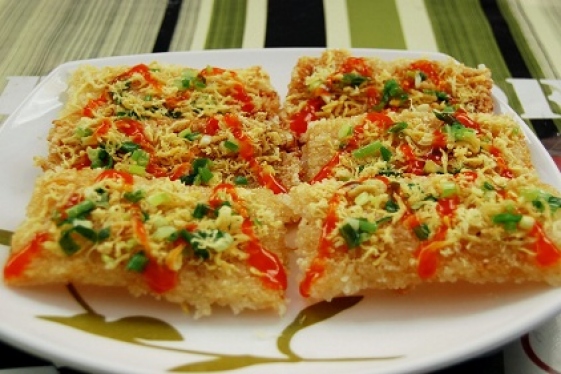
Com Chay (Burned Rice)
Com chay (burned rice) is a simple but very crispy and yummy dish of Ninh Binh province. It is one of the most famous food in Ninh Binh .
-
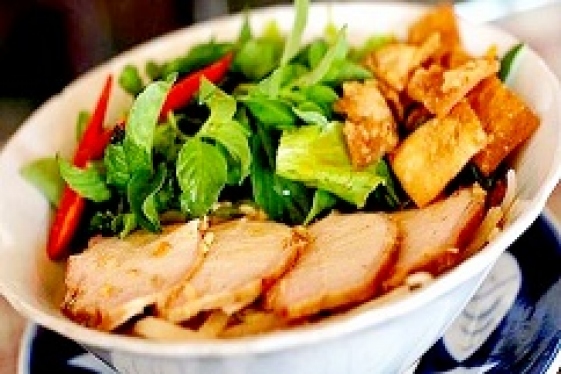
Cao lau - the essence of Hoi An food
The reason why a specialty in Hoi An named Cao Lau is interesting: Hoi An was used to be an international ports and there were many merchants working in the town. They...
-
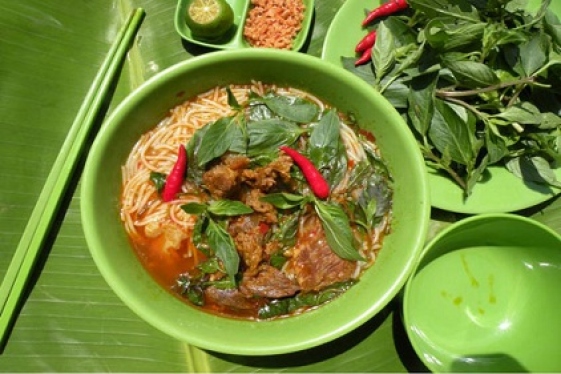
Bun bo cay (chili beef vermicelli)
Unlike bun mam, bun bo or bun cha, etc., bun bo cay in Bac Lieu has an unique taste and special hot chili. The method of cooking bun bo cay is still a secret of Bac...
-

Nem nuong Dalat
One of the most famous dishes in Dalat that you try is Nem nuong. If you have a chance to try once time, you will find another chance to try it again.
-

Tam bi cake
Banh tam bi is a specialty and one of the most famous rustic food in Can Tho. This cake is very delicious with the harmonious taste between sweet and saltiness.
-
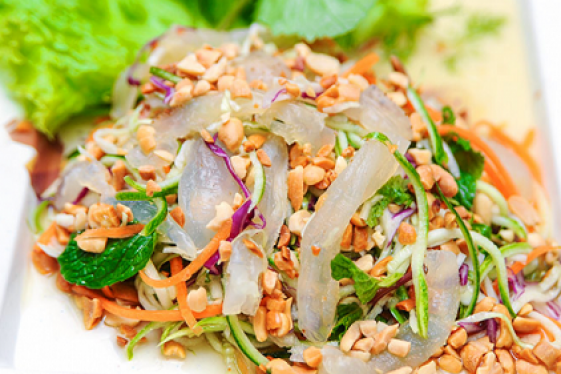
Goi ca mai (Mai fish salad)
Vung Tau is not home to Mai fish salad but when talking about Vung Tau cuisine, people can't not remember about this dish. And Mai fish salad becomes one of the most...
-
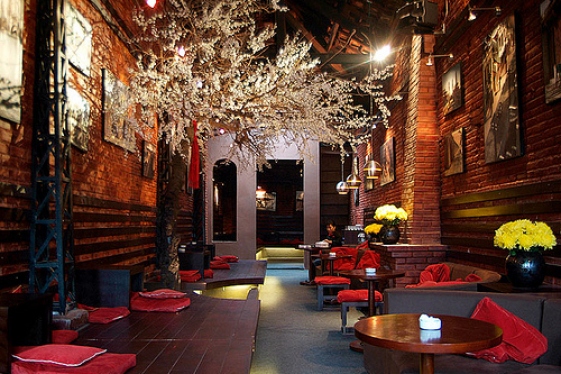
Top 5 Coffee Shops in Hanoi
For a long time, drinking coffee has become an indispensable habit of Vietnamese people. Coffee is considered the culinary culture of Vietnam. Here are top 5 best Coffee...
-
Tarpon Hotpot (Lau ca khoai)
Quang Binh cuisine has been well-known for a long time throughout the country by the delicious and rustic food. And tarpon hotpot has satisfied the most discerning...
-

Chinese Black Mushroom
Sapa has cool temperature which is the invaluable resources that heaven has given to this place. Sapa is the place where Chinese black mushrooms hidden in the forests. Come to...
Destinations
Most popular tours
-

South Vietnam Getaway
Price from: Contact
-

Glimpse South Viet Nam
Price from: 240 US$
-

Vietnam Discovery
Price from: 1.035 US$
-
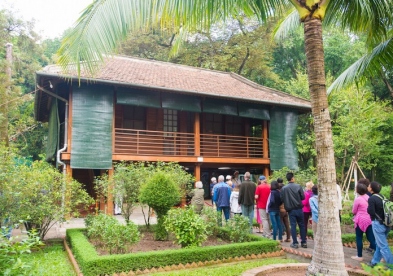
Half-Day Cu Chi Tunnels Tour
Price from: 18 US$
Business info
Vietnam Local Guide
- Address: 18th Floor, VTC Online Tower, 18 Tam Trinh Str.,Hai Ba Trung Dist., Hanoi, Vietnam
- Email: info@vietnamguider.com
- Phone: (+84) 0904989890
- Hotline: (+84) 0904989890
.jpg)
